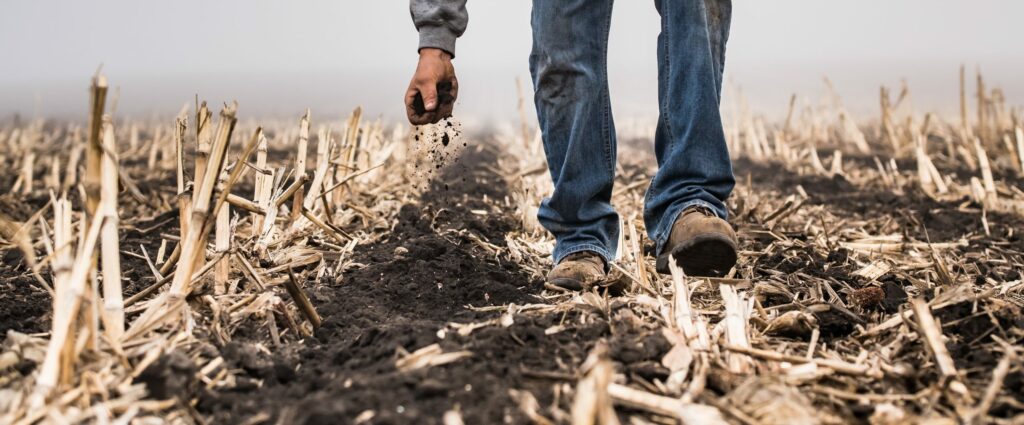As farmers navigate the reality of higher production costs, the biological farming space will continue to draw attention. Many farmers identify yield gaps as a significant concern looking forward to 2022.
Yield gaps are those differences between what is applied vs. what is realized. We often think yield gaps are negative; however, yield gaps present opportunities for soil productivity. Opportunities for nutrient management recovery through enhanced soil productivity and biological farming systems.
One of the primary ecosystem drivers of soil productivity is belowground root exploration. Amelioration, or the remediation of the soil constraints that impede maximum root exploration, can increase a plant’s access to previously unavailable soil nutrients. Unlocking belowground soil productivity for many growers is essential for farm profitability in 2022. Midwestern BioAg is uniquely positioned in the space, as we are experts in utilizing and building upon these soil resources.
The primary building blocks of soil productivity are pretty simple and familiar to those in the Midwestern BioAg system. Growers should focus on soluble calcium, balanced fertilizers, and carbon to unlock your soil’s potential.
For farmers and consultants looking to decide the correct calcium product, the determining factor is often the desired outcome, i.e., solubility, pH correction, or soil build. Soluble calcium balances salinity in the soil and begins soil aggregation. The goal is to balance calcium in the soil and the soil solution. Once balanced, the soil should be flocculated with increased pore space. This is often the key to unlocking the soil’s potential in clay-dominated soils, but it is not the final resting place. Aggregating soil requires flocculation plus aggregation. The latter is a carbon-driven process.
Carbon and biostimulants provide the glue holding soil together and work jointly with calcium to build tilth and long-term productivity. Necromass, or dead soil organisms, has been identified as a dominant driver of soil organic carbon. Increasing the turnover of soil organisms provides additional ecosystem benefits as this resource can be accessed when the plant is stressed or limited on resources. Furthermore, the applications of liquid biostimulants and starters are designed to supplement and support the biomass in the soil. Multiple in-season applications of carbon-based fertilizers and biostimulants can, what’s referred to as “prime” the soil.
Every time we use Midwestern BioAg products and management, we prepare the soil for priming or directly prime the soil. Priming the soil is as it sounds; it prepares the soil to start and run efficiently. We prepare and prime our soil to increase the turnover of soil organisms. Microbial turnover increases the decomposition rate of manures and organic matter, builds soil organic carbon, and releases nutrients in the rhizosphere for direct plant uptake. Or, more simply, we prepare and prime the soil to start the biological engine.
As farmers look to offset high fertilizer costs, microbial biomass turnover provides a pivotal resource to maintain high yields in a low input year. And as evidence suggests, this can occur at a lower than traditional input cost. Preliminary data suggests that the Midwestern BioAg farmer pays 19% less than the average farm spend. Reducing farm spending while maintaining yields comes from bridging the yield gap with soil productivity, driving the biological engine, and expert guidance from Midwestern BioAg.
In closing, looking ahead to a new year, we encourage everyone to initiate conversations about soil productivity. Soil productivity requires care and attention. Midwestern BioAg has over 30 years of experience working with these systems, and we are experts at making farms profitable. We encourage you to reach out to our team for farm support, product placement, or system validation. Education is a cornerstone of the BioAg system, and we will continue advocating and educating for the biological farmer into 2022 and beyond.

